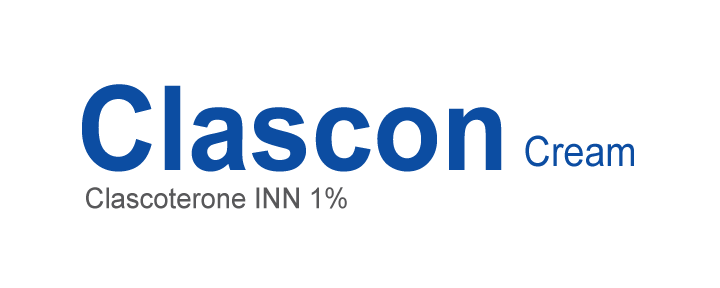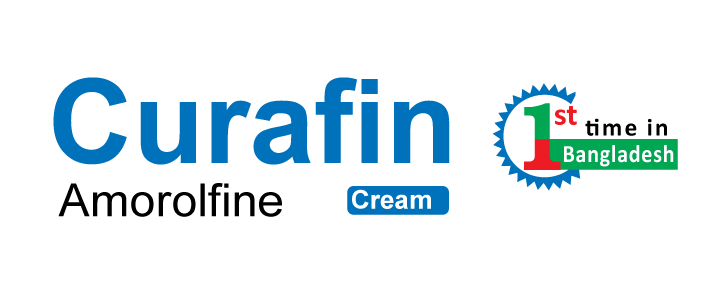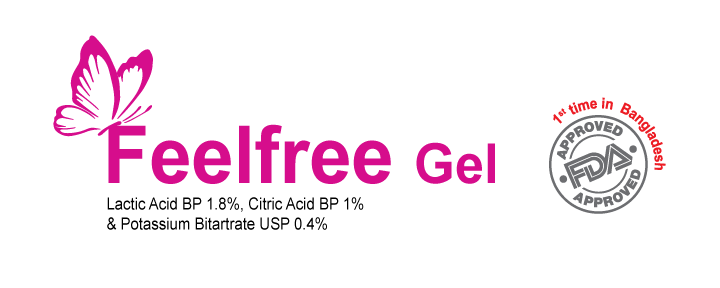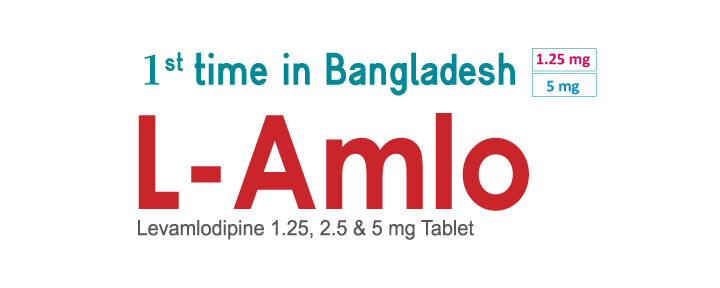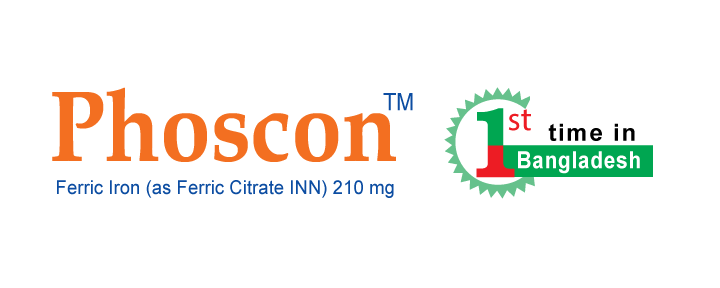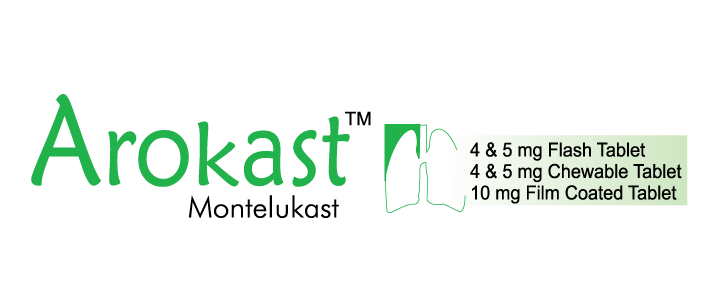Human Health Division (HHD) Products
Product List by Brand Name
Ezitor
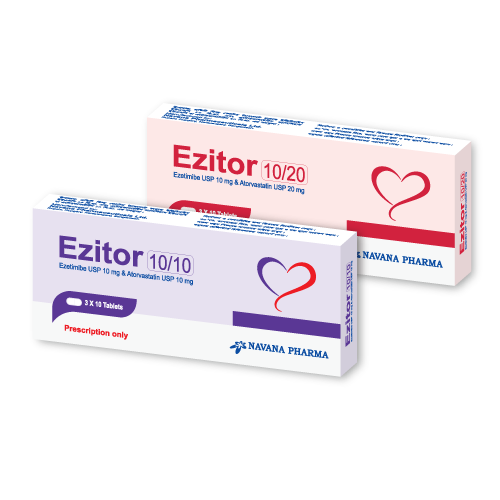
Composition
Ezitor 10/10: Each film coated tablet contains Ezetimibe USP 10 mg and Atorvastatin calcium USP equivalent to Atorvastatin 10 mg.
Ezitor 10/20: Each film coated tablet contains Ezetimibe USP 10 mg and Atorvastatin calcium USP equivalent to Atorvastatin 20 mg.
Indication
• reduce elevated total-C, LDL-C, Apo B, TG, and non-HDL-C, and to increase HDL-C in patients with primary (heterozygous familial and non-familial) hyperlipidemia or mixed hyperlipidemia.
• reduce elevated total-C and LDL-C in patients with homozygous familial hypercholesterolemia (HoFH), as an adjunct to other lipid-lowering treatments.
Dosage and Administration
• Dosage range is 10/10 mg/day through 10/80 mg/day.
• Recommended starting dose is 10/10 mg/day or 10/20 mg/day.
• Recommended starting dose is 10/40 mg/day for patients requiring a greater than 55% reduction in LDL-C or as directed by the physician.
Esotac

Composition
Esotac 20 Capsule: Each delayed release capsule contains Esomeprazole Magnesium Trihydrate
USP equivalent to Esomeprazole 20 mg.
Esotac 40 Capsule: Each delayed release capsule contains Esomeprazole Magnesium Trihydrate
USP equivalent to Esomeprazole 40 mg.
Esotac 20 Tablet: Each enteric coated tablet contains Esomeprazole Magnesium Trihydrate USP
equivalent to Esomeprazole 20 mg.
Esotac 40 Tablet: Each enteric coated tablet contains Esomeprazole Magnesium Trihydrate USP
equivalent to Esomeprazole 40 mg.
Indication
1. Healing of erosive esophagitis
2. Long-term management of esophagitis
3. Symptomatic gastroesophageal reflux disease
4. H. pylori eradication for the treatment of duodenal ulcer (Triple therapy with Esomeprazole,
clarithromycin and amoxicillin)
Dose and Administration
Healing of erosive Esophagitis: 20 mg or 40 mg once daily for 4-8 weeks. For those patients who
have not healed after 4-8 weeks of treatment, an additional 4-8 weeks course of Esomeprazole may be considered.
Long-term management of esophagitis: 20 mg once daily.
Symptomatic gastroesophageal reflux disease: 20 mg once daily for 4 weeks.
H. pylori eradication for the treatment of duodenal ulcer (Triple therapy): 20 mg Esomeprazole once daily with 500 mg clarithromycin twice daily and 1g amoxicillin twice daily for 7-10 days or as directed by the physician.
Esona
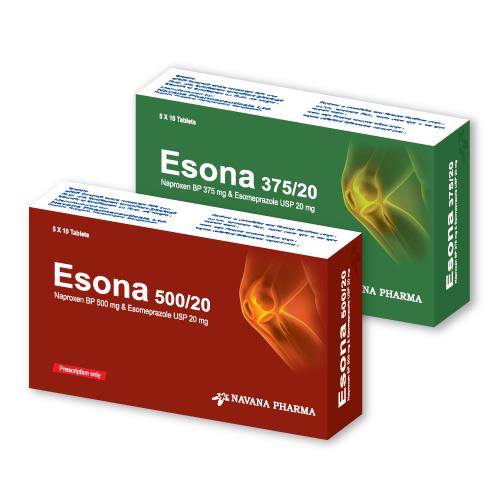
Composition
Esona 375/20 Tablet: Each tablet contains Naproxen BP 375 mg & Esomeprazole Magnesium Trihydrate USP equivalent to Esomeprazole 20 mg.
Esona 500/20 Tablet: Each tablet contains Naproxen BP 500 mg & Esomeprazole Magnesium Trihydrate USP equivalent to Esomeprazole 20 mg.
Indication
It is indicated for the relief of signs and symptoms of osteoarthritis, rheumatoid arthritis and ankylosing spondylitis, dysmenorrhoea and to decrease the risk of developing gastric ulcers in patients at risk of developing NSAID associated gastric ulcers.
Dosage and Administration
Carefully consider the potential benefits and risks of Esona and other treatment options before deciding to use Esona. Use the lowest effective dose for the shortest duration consistent with individual patient treatment goals. If a dose of Esomeprazole lower than a total daily dose of 40 mg is more appropriate, a different treatment should be considered.
Esona 375/20 & Esona 500/20, 1 tablet twice daily.
Do not split, chew, crush or dissolve the tablet. Esona is to be taken at least 30 minutes before meals or as directed by the physician.
